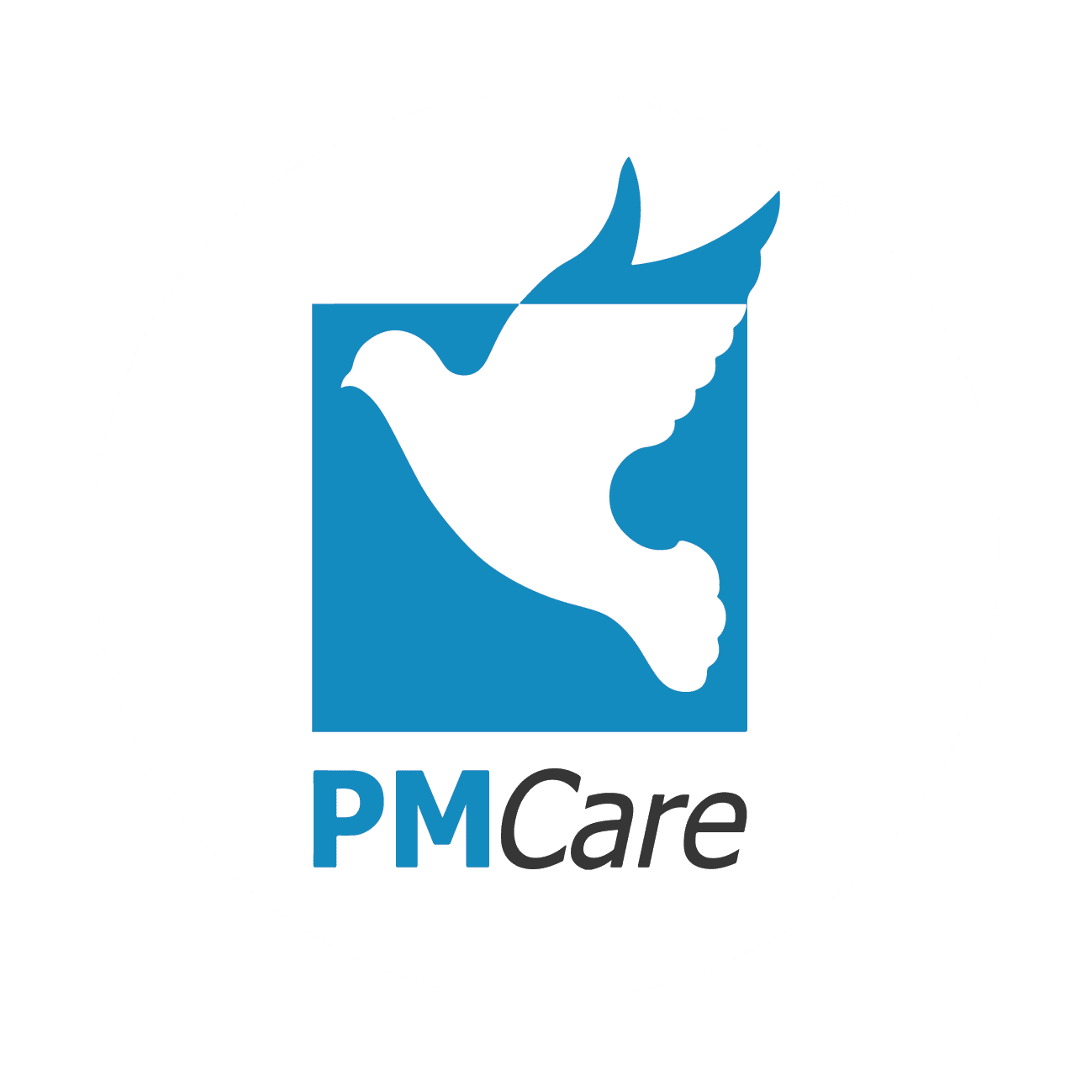

Physiotherapy for
Lower Back Pain
“In 2020, low back pain (LBP) affected 619 million people globally and it is estimated that the number of cases will increase to 843 million cases by 2050”
It is also known as the discomfort or sometimes even debilitating pain that causes suffering. It is often associated with injuries or other affliction towards the back or the posterior which is the rear portion of the body that extends from the shoulders to the hips. Lower back pain usually categorised into three different sub-types which are : acute, sub-acute and chronic low back pain.
How Back Pain happen?
- Lifting heavy and large item either once or repetitive will place great strain on your back
- Wrong posture of the body and prolong sitting or standing posture more than 2 hour in daily life activity
- Overweight individuals also high risk in getting slip disc as the disc have to support the additional weight
- Natural aging is also causes slip disc as aging causes the disc to lose its original property

We are ready to help.
4 Causes Your Low Back Pain Is Getting Worse
Repeated heavy lifting or a sudden awkward movement can strain back muscles and spinal ligaments, causing micro-tears and inflammation.
The soft material inside a spinal disc can bulge or rupture and press on surrounding nerves, leading to sharp pain, tingling, or numbness.
Arthritis in the lower spine can cause inflammation and lead to spinal stenosis — a narrowing of the spinal canal that puts pressure on nerves.
When bones become porous and brittle, vertebrae in the spine can fracture more easily — resulting in sudden or persistent back pain.

11 surprising risk factors!
Don't ignore these!
-
AGE: As we age, the spine undergoes degenerative changes such as disc thinning and facet joint wear. Studies show that over 60% of individuals above age 40 show signs of disc degeneration on MRI—even without symptoms (Boden et al., 1990).
-
FITNESS LEVEL: Poor core strength increases spinal load and instability. A 2015 study in the Journal of Physical Therapy Science linked low trunk muscle endurance to higher risk of chronic low back pain.
-
PREGNANCY: Hormonal and biomechanical changes during pregnancy (like increased relaxin and anterior pelvic tilt) raise stress on the lumbar spine. 50–70% of pregnant women report low back pain during pregnancy (Wang et al., 2004).
-
EXCESS BODY WEIGHT: Obesity contributes to chronic inflammation and mechanical overload. According to WHO, overweight individuals have a significantly higher risk of musculoskeletal pain, especially in the lower back and knees.
-
GENETICS: Genetic factors play a role in spinal disc degeneration. Twin studies have shown that 50–60% of disc-related back pain risk is inherited (Battie et al., 1995).
-
JOB-RELATED RISKS: Occupations involving heavy lifting or prolonged sitting are linked with higher rates of lumbar strain. An ergonomic review by OSHA found musculoskeletal disorders to be most prevalent in labor-intensive and desk-bound jobs.
-
MENTAL HEALTH: Chronic pain is influenced by emotional state. A 2013 meta-analysis in Pain journal confirmed that depression significantly increases the risk and intensity of back pain, due to altered pain perception and coping mechanisms.
-
BACKPACK OVERLOAD: Research in school children shows carrying bags exceeding 15–20% of body weight leads to postural changes and back discomfort. The Spine Journal recommends proper backpack ergonomics to avoid long-term strain.
-
SMOKING: Smokers are 2–3 times more likely to develop back pain. Smoking restricts blood flow to spinal discs, leading to premature degeneration. It also increases coughing, contributing to herniation risk (Patel et al., 2013).
-
IMPROPER LIFTING TECHNIQUES: Bending from the waist instead of using the legs puts up to 10x more pressure on the lumbar discs. Occupational health guidelines consistently warn against unsafe lifting mechanics.
-
LACK OF EXERCISE: Physical inactivity weakens spinal stabilizers. WHO and ACSM guidelines recommend at least 150 minutes of moderate activity weekly to prevent musculoskeletal disorders, including back pain.
Physiotherapy for BACK PAIN at Physiomobile
How Manual Therapy Helps to Treat Back Pain
Back pain is one of the most common musculoskeletal complaints among adults. While many treatment options exist,
manual therapy remains one of the most effective — when performed correctly and backed by clinical evidence.
At Physiomobile, we specialise in
evidence-based manual therapy techniques to reduce pain, restore spinal function, and improve overall quality of life.
Our team of physiotherapists are trained to assess the root cause and apply targeted hands-on treatment.
7 Best Practices in Manual Therapy for Back Pain
At Physiomobile, we believe in “Treat the cause, not just the pain.” That’s why every session starts with a thorough assessment and continues with
personalised manual therapy based on clinical best practices.
📍 Available at our centres or via house call across Malaysia
📞 Book your session now and feel the difference.
👉 Click here to book
"Overcoming Back Pain:
One Year Journey of a Strong Woman"
Testimoni Kekejangan Otot dan Sakit Belakang
Physiomobile, Best Physiotherapy Centre in Malaysia: Your Path to Better Health and Exceptional Services. Reach Out to Us Today!
Why Choose Physiomobile?
“Enriching Quality of Life”
Trusted by over 45,000 patients. Here's why Malaysians choose us for pain relief and recovery.
On-Demand Physiotherapy
We come to your home, office, factory, or hospital – making rehab easy and convenient.
Certified & Skilled Therapists
Licensed and experienced in manual therapy, neuro rehab, and pain science.
End-to-End Recovery Plan
Assessment, treatment, home exercise, and lifestyle tips – all in one hour.
45,000+ Patients Served
Since 2016, over 137,000 sessions delivered across Malaysia.
Nationwide Mobile Coverage
Our therapists cover Klang Valley, Johor, Melaka, Penang & more.
Corporate & Insurance Ready
Supports PMCare, Compumed, MedKad, Healthconnect, ASP & other major TPA service providers.

Treatment Process at Physiomobile
What you will get:
- Assesment of your condition where physiotherapist help to identify patients problem.
- Treatment using Manual Technique Therapy by Certified & Professional Physiotherapy
- Exercise Therapy treatment guidedand monitor by physiotherapist
- Hold & Cold packs Treatment
- Consultation of treatment plan program suitable
- Home Exercise Program – guided by physiotherapist
Registered Panel










